Apples are a symbol of health, prosperity, and tradition across many cultures. In Asia—a continent marked by dramatic geographical diversity and climatic contrasts—the cultivation of apples spans high-altitude Himalayan orchards to temperate valleys of East Asia. But when it comes to dominance in production, one country stands head and shoulders above the rest. So, who truly wears the crown of apple farming in Asia?
This article provides an in-depth look at the leading apple-producing nations across Asia, with a sharp focus on the undeniable king: China. We’ll examine how it earned this title, how others compare, and what future trends suggest about apple cultivation in the region.
China: The Undisputed King of Apple Farming in Asia
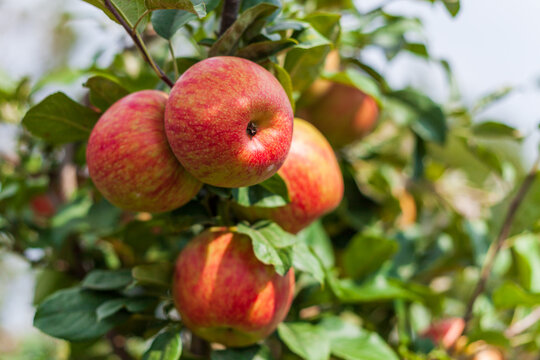
1. Sheer Scale of Production
As of 2025, China is not only the largest apple producer in Asia but also in the world, contributing to over 48% of global apple production.
- Annual Production: Over 41 million metric tons
- Area Under Cultivation: Approximately 2.1 million hectares
- Key Apple Regions: Shaanxi, Shandong, Henan, Gansu, Hebei, and Liaoning
China’s dominance is unmatched. It produces more apples than the next 10 Asian countries combined, thanks to an ideal mix of climatic conditions, topography, technological adoption, and government support.
2. Geographic and Climatic Advantage
China’s apple-growing regions benefit from temperate climates with distinct seasons. The Loess Plateau, which includes Shaanxi Province, is especially fertile, offering loamy soil, high elevations, and dry conditions—ideal for sweet, crunchy apples.
Moreover, the introduction of high-density planting, grafting technologies, and cold storage infrastructure has revolutionized yield potential and fruit quality.
3. Varietal Diversity and Innovation
China cultivates a wide range of apple varieties including:
- Fuji – The most popular, covering over 70% of planted area
- Gala
- Golden Delicious
- Qinguan
- Red Star
- Huaniu (native to China)
In recent years, research institutes have developed hybrid cultivars to improve sweetness, shelf life, and resistance to pests, enabling China to not only meet domestic demand but also export to over 30 countries.
4. Domestic Demand and Export Power
China’s large population consumes most of the apples domestically. However, exports are on the rise, especially to Southeast Asia, Russia, Bangladesh, and the Middle East.
- Top Export Destinations (2025): Vietnam, Philippines, Thailand, Indonesia, and Myanmar
- Export Value: Approx. $1.2 billion annually
The country’s expansion into value-added products like apple juice concentrate, dried apples, and cider is also a key economic driver.
Other Major Apple Producers in Asia
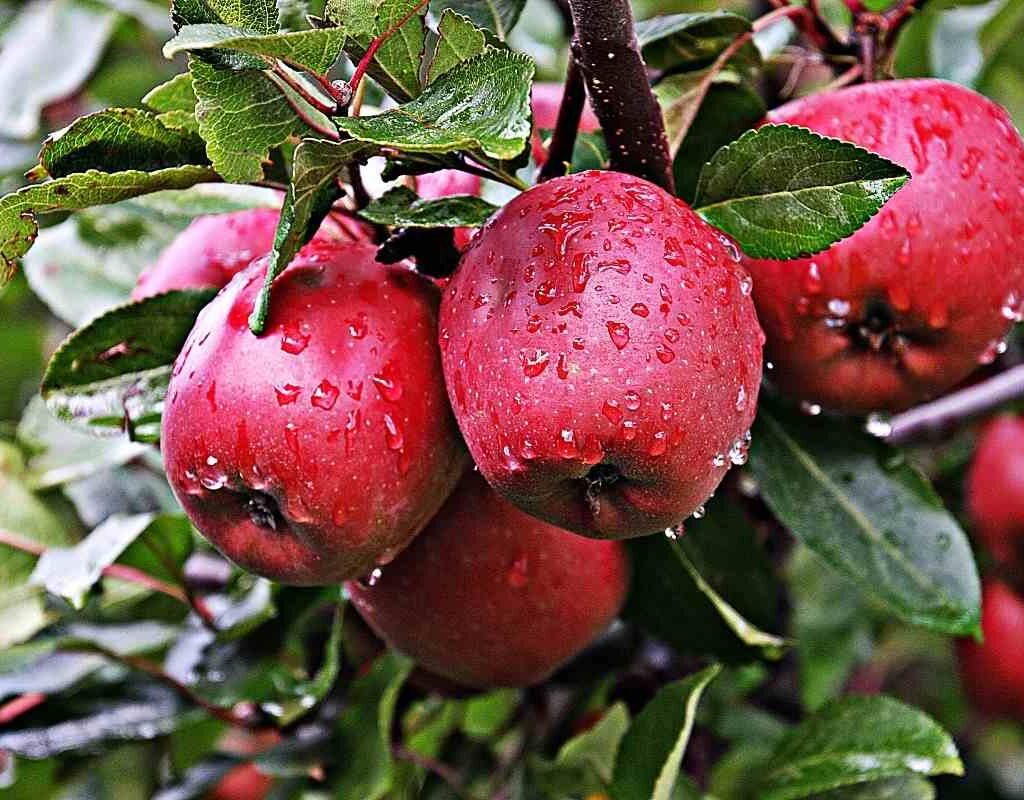
While China rules the roost, several other Asian nations have made significant strides in apple cultivation. Here are the most notable contenders:
1. India
- Annual Production: ~2.7 million metric tons
- Top States: Jammu & Kashmir, Himachal Pradesh, Uttarakhand
- Main Varieties: Red Delicious, Royal Delicious, Ambri, Golden Delicious
India ranks second in Asia and among the top 5 globally in apple production. However, productivity per hectare remains relatively low due to traditional farming practices, limited mechanization, and climate-related disruptions.
Despite challenges, apple farming is a major livelihood in mountainous northern states. The government’s “Apple Cluster” initiatives and high-density orchard programs are slowly improving outcomes.
2. Turkey (Transcontinental but Largely in Asia)
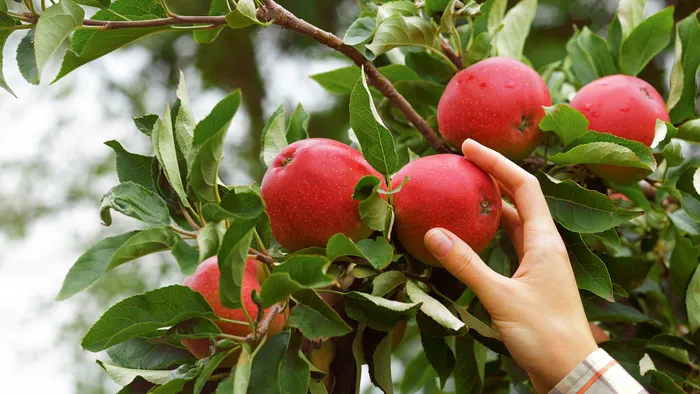
- Annual Production: ~4.8 million metric tons (mostly in Asia Minor)
- Top Regions: Isparta, Karaman, Nigde, and Antalya
- Main Varieties: Red Chief, Granny Smith, Starking, Gala
Though Turkey straddles Europe and Asia, most of its apple farms lie in the Asian portion. Turkey is a major exporter of apples, shipping large volumes to Russia, Iraq, India, and the Middle East.
Turkey benefits from a Mediterranean climate and is investing heavily in cold chain and organic apple farming.
3. Iran
- Annual Production: ~2.8 million metric tons
- Major Regions: Azerbaijan Province, Kurdistan, Kermanshah
- Primary Varieties: Golden Delicious, Red Delicious, Granny Smith
Iran is an important player in West Asia, both in production and export. Its apples are known for their large size and sweet taste. Political tensions and sanctions, however, have affected trade routes and modernization efforts.
4. Uzbekistan
- Annual Production: ~1 million metric tons
- Export Focus: Russia, Kazakhstan, and China
Central Asia’s apple hub, Uzbekistan has ideal climatic conditions for apple farming, especially in the Ferghana Valley. With rising investments in agricultural modernization, the country is poised to increase its output in the next decade.
5. Pakistan
- Annual Production: ~550,000 metric tons
- Top Region: Balochistan (especially Ziarat)
- Main Variety: Kala Kulu, Golden Delicious
Pakistan’s apple sector is significant to its local economy, though hampered by lack of proper storage and transport infrastructure. Still, Balochistan apples are famed for their taste and appearance.
6. Japan and South Korea
Though not large in total production, both Japan and South Korea are renowned for high-quality, premium apples.
- Japan: Famous for Fuji, Sekai Ichi, and Mutsu varieties. Apple farming is tech-intensive, with some apples sold for over $10 each!
- South Korea: Produces ~500,000 metric tons annually, known for sweet, crunchy apples marketed under premium labels.
These countries focus on quality over quantity and are leaders in branding, packaging, and export marketing in East Asia.
Why China Leads: Key Comparative Factors
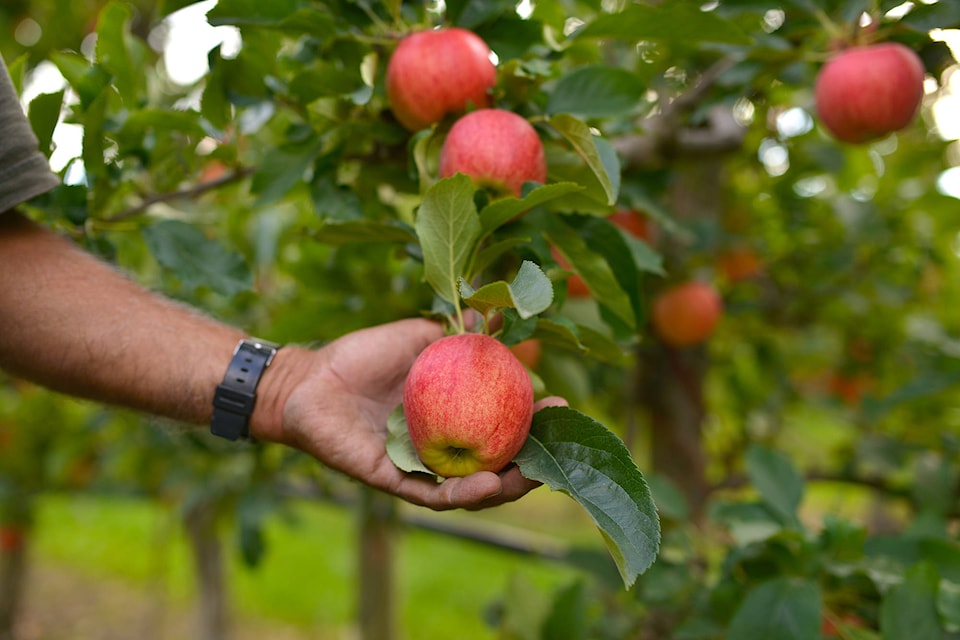
| Metric | China | India | Iran | Turkey | Uzbekistan |
|---|---|---|---|---|---|
| Annual Output (MT) | 41 million | 2.7 million | 2.8 million | 4.8 million | 1 million |
| Productivity (MT/ha) | ~20 | ~8 | ~14 | ~18 | ~15 |
| Export Volume | Very High | Low | Moderate | High | Growing |
| Cold Chain Infrastructure | Advanced | Limited | Moderate | Advanced | Developing |
| R&D and Hybrid Varieties | High | Low | Moderate | High | Low |
China’s supremacy lies not just in quantity but in agricultural efficiency, technological advancement, and market integration.
Future Trends in Apple Farming Across Asia
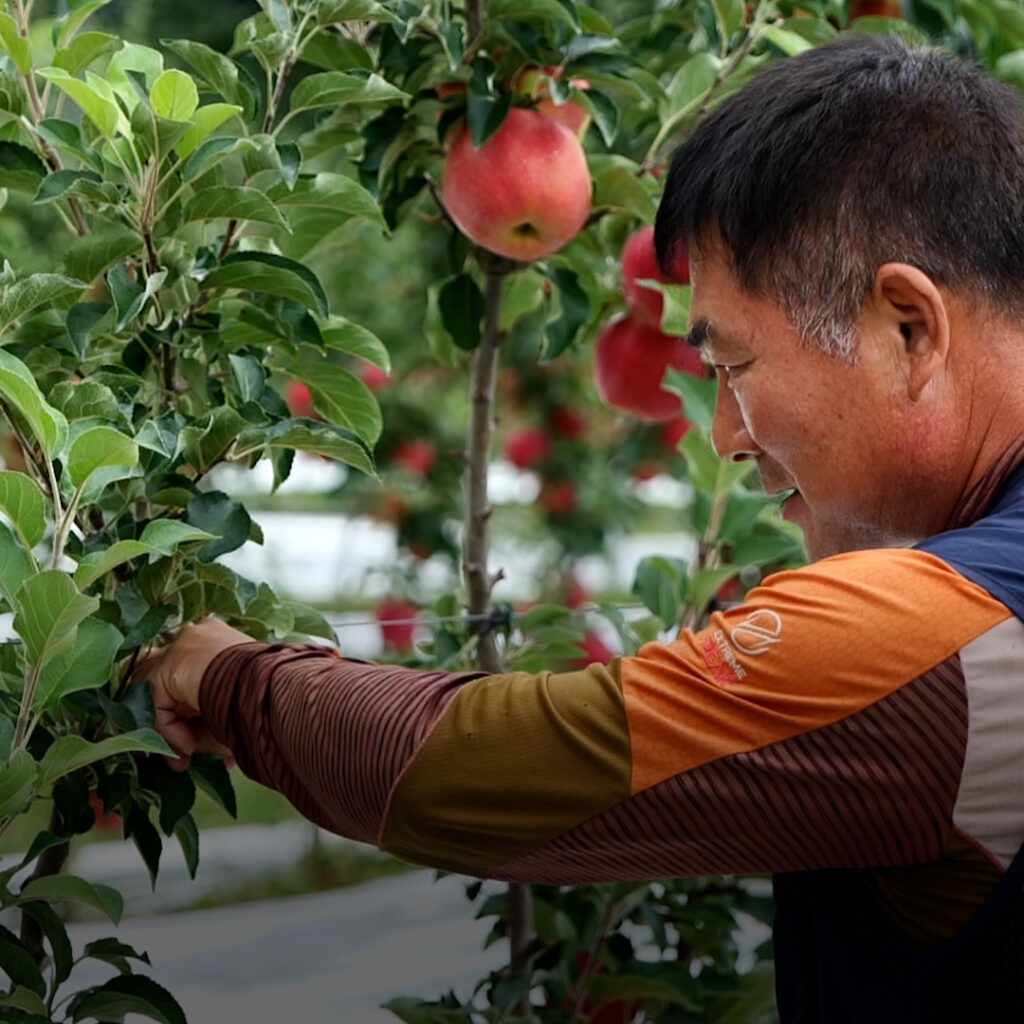
1. Climate Change and Altitude Farming
As lower elevations heat up, apple farming is moving to higher altitudes. In countries like India and Nepal, this shift is already evident.
2. High-Density Plantations
China and Turkey are pioneers in high-density apple farming, which boosts yield per acre. Other nations are starting to adopt similar methods.
3. Cold Storage and Post-Harvest Handling
Poor storage causes 30–40% post-harvest losses in countries like India and Pakistan. Investment in cold chains is crucial for improving market efficiency and reducing waste.
4. Branding and Premium Varieties
East Asian nations are branding apples like luxury items. Fuji from Japan, for example, commands premium prices globally. Asian markets are increasingly valuing appearance, sweetness, and shelf life over mere volume.
Conclusion: The Reigning Champion
So, who’s the king of apple farming in Asia?
Without question, it’s China—due to its unparalleled production scale, export dominance, and technological leadership.
Yet, the competition is heating up. With improvements in farming methods, infrastructure, and international trade relations, other Asian nations are slowly narrowing the gap.
In a continent where food, culture, and innovation intersect, apple farming will remain a vital industry—and a barometer of agricultural progress. But for now, the crown remains firmly on China’s head.

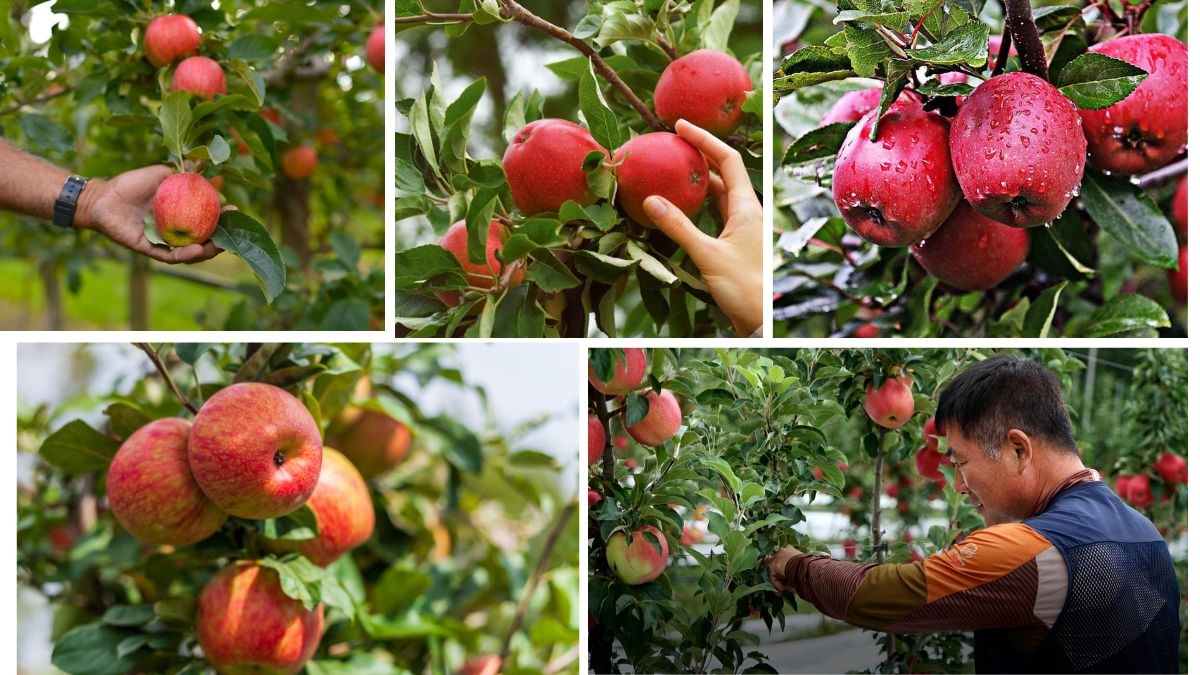
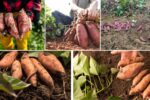




Leave A Comment